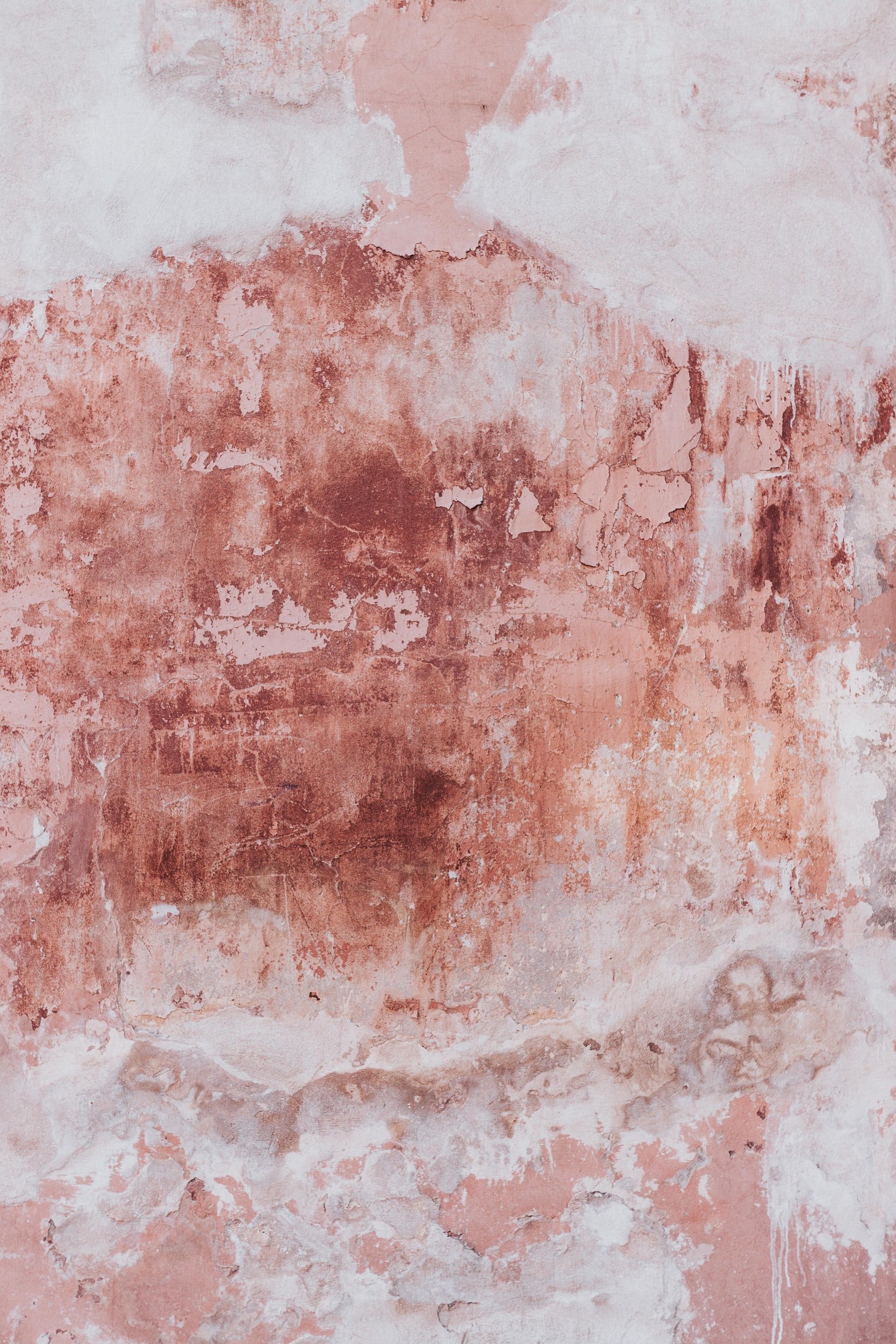
Conceptualizing Student Work
Project Concept
During this unit the conceptual focus was developing the artistic process for students when creating thematic projects. This process can vary student to student so by providing a framework for students to develop well thought out and meaningful artwork. Students have difficulty developing ideas for projects, especially when projects span over a long period of time. Ideas formulated can be superficial or cliche in which the student will become uninterested and disinterested in over time. Projects are sustained investigations of a singular idea and my goal is to show students the creative thought processes artists take to develop and examine their work. Students need to create projects with substance and of interest to them. Using the AVID strategies (graphic organizers, collaborative activities - discussion) to aid students in their investigations.
Arts Literacy
For this unit, I implemented multiple strategies that include reading, writing and discussion along with the actual creation of projects. Implementing these strategies starts with discussion on how artists come up with their ideas. Students read an article that outlined how to develop and select ideas when artmaking. This relates back to our conceptual focus of creating a process students can follow. Students were then tasked with a collaborative brainstorming activity, in which students discussed the theme of this project (Conflict and Adversity), what it means and how artists explored this topic. Students then came up with ideas that they can create based on this theme.
Collaboration
As a group, students collaborated and discussed the ideas they developed. Using a collaborative strategy, students exchanged and discussed ideas to build on their brainstorming. This allowed students to build on their own initial ideas and work as a community of artists to expand their thought process. Many students enjoyed getting the opportunity to hear what peers thought of the topic and it gave them new insight on how to approach the project.

From there, students planned out their project ideas, deciding on materials to use, elements and principles of design to focus on, and gathering outside research to their artwork. I developed a worksheet for students to use to plan out various aspects of their project - both written and drawing.
Students developed sketches outlining the visuals of their projects and peer review to critique and give feedback on assignments. With that feedback, students continue working on projects, transitioning to final projects based on choices students made.
I use multiple evaluation methods throughout the unit/lesson to assess the following things: Student understanding of art concepts and process and students ability to make critical and informed choices based on project purpose.
I have also developed rubrics to help students assess their own work throughout the project making process that focuses on both concept and art skill/technique application.
I also include throughout the unit, in-progress critiques with peers. I find that having that opportunity to discuss and review what others are doing allows for students to step back and gain new insight on their projects (of which they had been working on independently for multiple periods). These feedback sessions can be both informal turn and talk discussions or formal written reflections.






